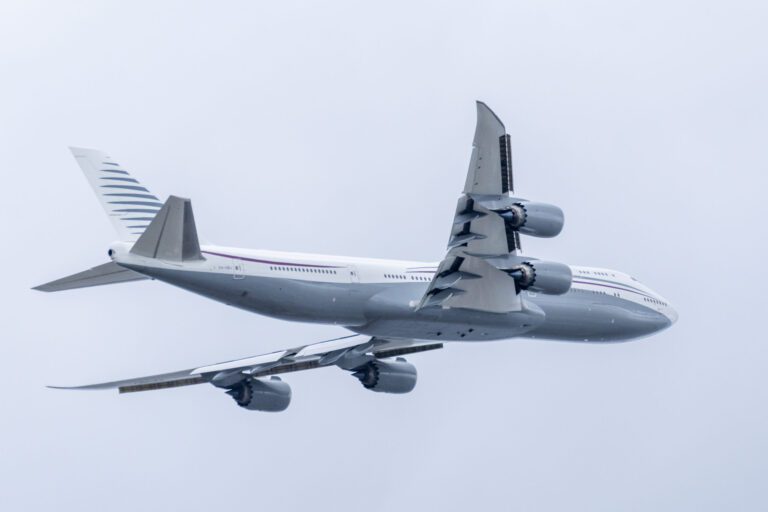President Trump’s New Air Force One: Controversies Surrounding Budget and Timeline
Overview of the New Air Force One Project
The Department of Defense is currently working on transforming a jet reportedly supplied by the government of Qatar into President Trump’s new Air Force One. However, Secretary Hegseth has sparked controversy by refusing to disclose key details about the budget and timeline for this significant military asset. The aircraft is expected to serve as a temporary transport for the president before it is eventually transferred to his library once he leaves office.
Key Points: Secretary Hegseth’s Testimony
During a recent Senate Appropriations Committee hearing, Secretary Hegseth faced intense scrutiny from lawmakers, especially regarding the estimated costs associated with retrofitting the Qatari jet. Here’s a summary of the pressing issues discussed:
-
Budget Transparency: Lawmakers, particularly Senator Reed, pressed Hegseth for specifics on the budget for reconfiguring the aircraft.
- Senator Reed’s Questions: "What is the price of that contract?" to which Hegseth responded, "That cannot be revealed in this setting."
- Frustration Among Lawmakers: Reed emphasized the Appropriations Committee’s role in overseeing budgets, illustrating the disconnect between the department and congressional oversight.
- Contractual Status: Hegseth confirmed that a contract had been signed but refrained from providing extensive details.
- “Nothing on that front, that I’m aware of, is being executed,” he stated, raising further concerns among legislators.
Timeline and Retrofitting Challenges
Transforming the Qatari jet into a capable Air Force One could take several years. The retrofitting process includes adding:
- Military-Grade Security: Retrofitting to meet Air Force One specifications involves extensive defense capabilities.
- Mid-Flight Refueling Systems: Essential for prolonged operational capabilities, this transformation is critical, as the current jet lacks these features.
Security Concerns Over Accepting the Qatari Jet
Critics have raised alarms regarding potential security risks tied to accepting a jet from a foreign government. Concerns include:
- Espionage Risks: Senator Cruz indicated that the plane presents “significant espionage and surveillance problems.” The implication is that foreign technologies embedded in the aircraft could pose a threat.
Delivery and Cost Management Issues
Secretary Hegseth declined to provide a public delivery date, citing the sensitive nature of the information. He asserted, “The delivery time of anything of that sensitive nature is not for public consumption.”
The ongoing discussions about delayed deliveries of new Air Force One jets from Boeing have added further context to the need for a stopgap solution, with Hegseth commenting:
- "The way we actually procure aircraft in this country takes so long… It’s seven, eight, nine, ten years late."
Legislative Backlash
Senator Reed expressed dissatisfaction, arguing that the refusal to disclose budget numbers reflects poorly on accountability. His conclusion was clear:
- “This is not only a bad deal for the American public, but it is gratifying the president’s ego, that’s all it is.”
Conclusion
The project to retrofit a Qatari jet into President Trump’s new Air Force One raises numerous questions about budget transparency, security risks, and the procurement timeline. As the situation continues to unfold, it remains vital for lawmakers and the public alike to push for clarity and accountability in this substantial government undertaking.
For more insights into U.S. government budgeting, check out Congress.gov for legislative details and budgetary allocations.


